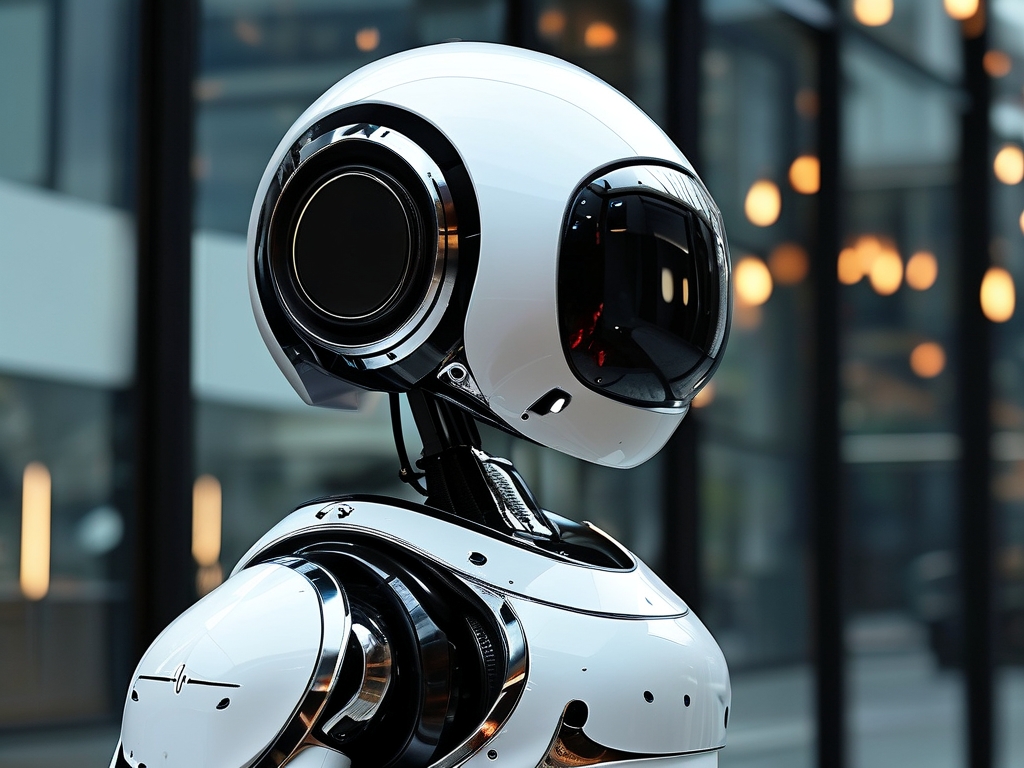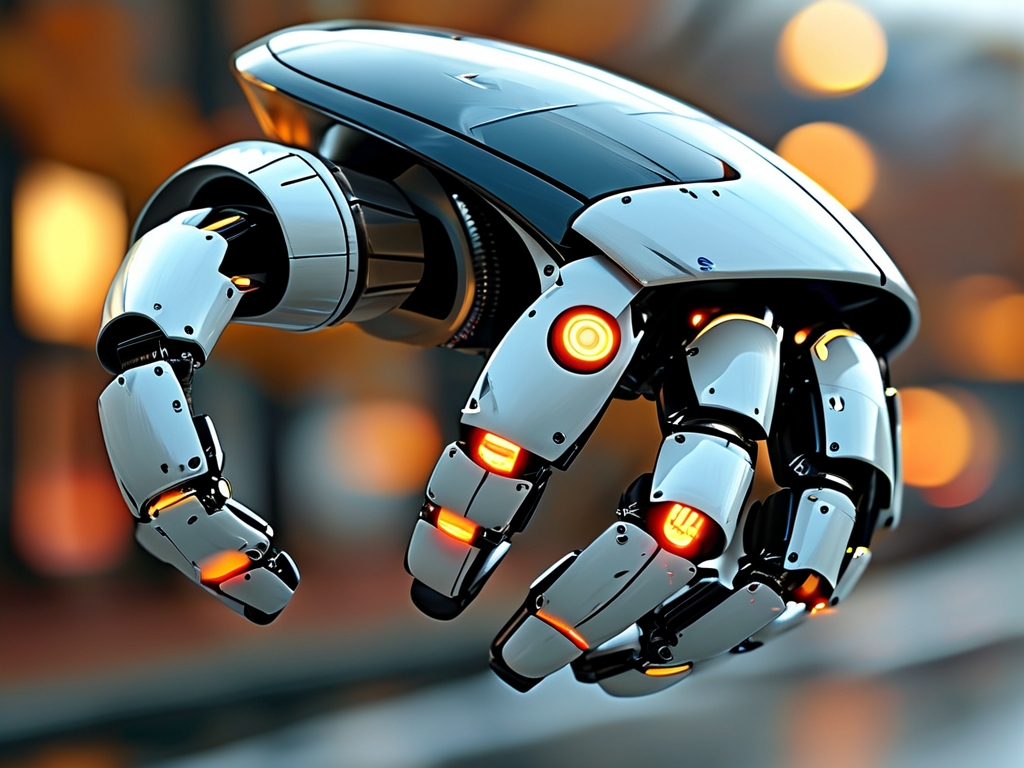IM Motors' Robotic Technology: Pioneering the Future of Autonomous Mobility

In the rapidly evolving landscape of artificial intelligence and robotics, IM Motors () has emerged as a trailblazer, redefining the boundaries of autonomous mobility. By integrating cutting-edge robotics, machine learning, and sensor fusion, the company is not only advancing self-driving technology but also shaping a future where human-machine collaboration becomes seamless. This article explores the core innovations behind IM Motors' robotic systems, their real-world applications, and the transformative potential they hold for industries and society.
1. The Technological Backbone of IM Motors' Robotics
At the heart of IM Motors' success lies its proprietary robotic architecture, which combines three critical components: perception systems, decision-making algorithms, and actuation mechanisms.
- Perception Systems: IM Motors employs a multi-sensor fusion framework, incorporating LiDAR, radar, cameras, and ultrasonic sensors. This redundancy ensures robust environmental awareness, even in challenging conditions like heavy rain or low-light scenarios. The company’s latest “Eagle Eye 3.0” LiDAR system boasts a 360-degree field of view with millimeter-level precision, enabling real-time mapping of dynamic environments.
- Decision-Making Algorithms: Leveraging deep reinforcement learning, IM Motors’ AI models simulate millions of driving scenarios to optimize path planning and risk assessment. Unlike traditional rule-based systems, these algorithms adapt dynamically to unpredictable events—such as jaywalking pedestrians or sudden lane changes—by balancing safety, efficiency, and passenger comfort.
- Actuation and Control: The company’s “Neural Chassis” technology translates algorithmic decisions into precise mechanical actions. By integrating steer-by-wire and brake-by-wire systems, IM Motors’ vehicles achieve millisecond-level responsiveness, far surpassing human reaction times.
2. Applications Beyond Passenger Vehicles
While IM Motors initially gained recognition for its autonomous cars, its robotics technology is now expanding into diverse sectors:
- Logistics and Delivery: The company’s autonomous delivery robots, equipped with temperature-controlled compartments and obstacle-avoidance capabilities, are revolutionizing last-mile logistics in urban areas. Partners like JD.com and Alibaba have reported a 40% reduction in delivery costs during pilot programs.
- Industrial Automation: IM Motors collaborates with manufacturing giants to deploy robotic arms and AGVs (Automated Guided Vehicles) in smart factories. These systems optimize production lines by performing tasks ranging from precision welding to inventory management with minimal human intervention.
- Healthcare Assistance: In hospitals, IM Motors’ service robots assist with patient transport, sterilization, and even telemedicine support. During the COVID-19 pandemic, such robots reduced frontline workers’ exposure risks while maintaining operational efficiency.
3. Ethical and Safety Considerations
As IM Motors scales its robotic solutions, it faces scrutiny over ethical dilemmas and safety protocols. Key challenges include:
- Data Privacy: The vast amounts of data collected by autonomous systems raise concerns about user anonymity and cybersecurity. IM Motors addresses this through edge computing, where 90% of data processing occurs locally within the vehicle or robot, minimizing cloud-based vulnerabilities.
- Human-Robot Interaction: Ensuring intuitive communication between robots and humans remains a hurdle. The company’s “Harmony UI” integrates natural language processing and gesture recognition to bridge this gap, enabling smoother collaboration in shared spaces.
- Regulatory Compliance: Navigating global regulations—such as Europe’s GDPR and China’s New Generation AI Governance Guidelines—requires agile policy adaptation. IM Motors participates in cross-industry consortia to standardize safety certifications and liability frameworks.
4. The Road Ahead: AI-Driven Innovation
Looking forward, IM Motors aims to achieve Level 5 autonomy (full self-driving under all conditions) by 2030. Recent breakthroughs in quantum computing and neuromorphic chips promise to accelerate this timeline. Additionally, the company is exploring swarm robotics—where fleets of autonomous vehicles coordinate like a hive mind—to optimize traffic flow in megacities.
Collaborations with academic institutions like MIT and Tsinghua University further fuel R&D. For instance, a joint project on “empathetic AI” seeks to develop robots that can interpret human emotions through facial micro-expressions, enhancing user trust in autonomous systems.
IM Motors’ robotic technology represents more than just a leap in automation; it embodies a vision of harmonizing human ingenuity with machine precision. By addressing technical, ethical, and societal challenges head-on, the company is not only redefining transportation but also laying the groundwork for a future where robots enhance every facet of daily life. As industries and consumers alike embrace this transformation, IM Motors stands at the forefront of a new era—one where intelligence, both artificial and human, drives progress.




